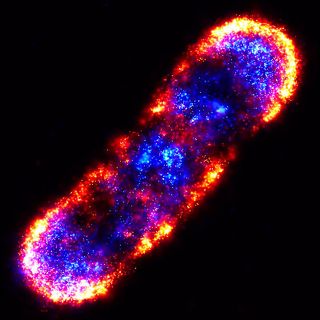
Is food dropped on the floor gone forever? Some people swear it’s not, citing the five-second rule, an urban myth that food is safe to eat if it has only been on the ground for only seconds because germs have yet to “latch on” to the item.
A team of researchers tested the rule by allowing toast, pasta and even a “sticky sweet” to touch different floor types where E.coli and Staphylococcus aureus could be transferred in a span of anywhere from 3 to 30 seconds.
The study was undertaken by final year Biology students and led by Anthony Hilton, Professor of Microbiology at Aston University. They concluded that time does play a factor as do floor types with a greater likelihood of bacteria transfer when moist food touches a laminated or tiled surface compared to carpet.
"We have found evidence that transfer from indoor flooring surfaces is incredibly poor with carpet actually posing the lowest risk of bacterial transfer onto dropped food.” Professor Hilton said in a press release.
As for who follows the five-second rule, the researchers learned that 87 percent of people surveyed admitted either having no problem eating food that fell on the floor or had actually done so and of that group, 55 percent were women.
“Our study showed that a surprisingly large majority of people are happy to consume dropped food, with women the most likely to do so. But they are also more likely to follow the 5 second rule, which our research has shown to be much more than an old wives tale,” Professor Hilton said.
Source: Aston University
Sign up for the Live Science daily newsletter now
Get the world’s most fascinating discoveries delivered straight to your inbox.
Follow Live Science @livescience, Facebook & Google+.

